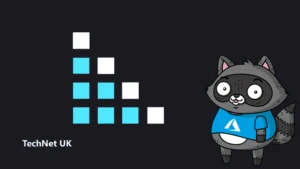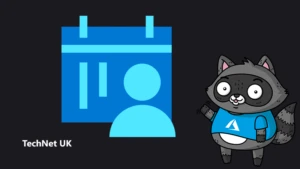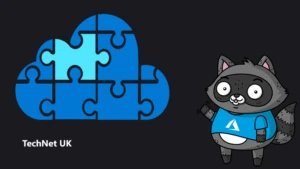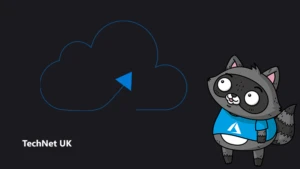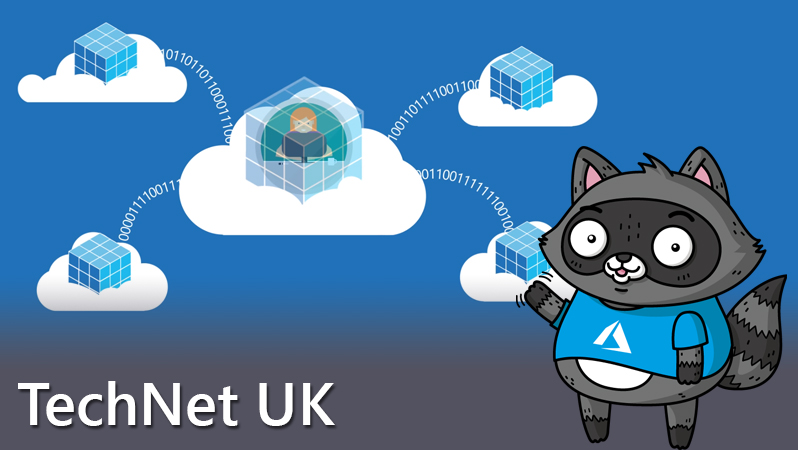
Licensing Logic: What is SCE and how does it work?
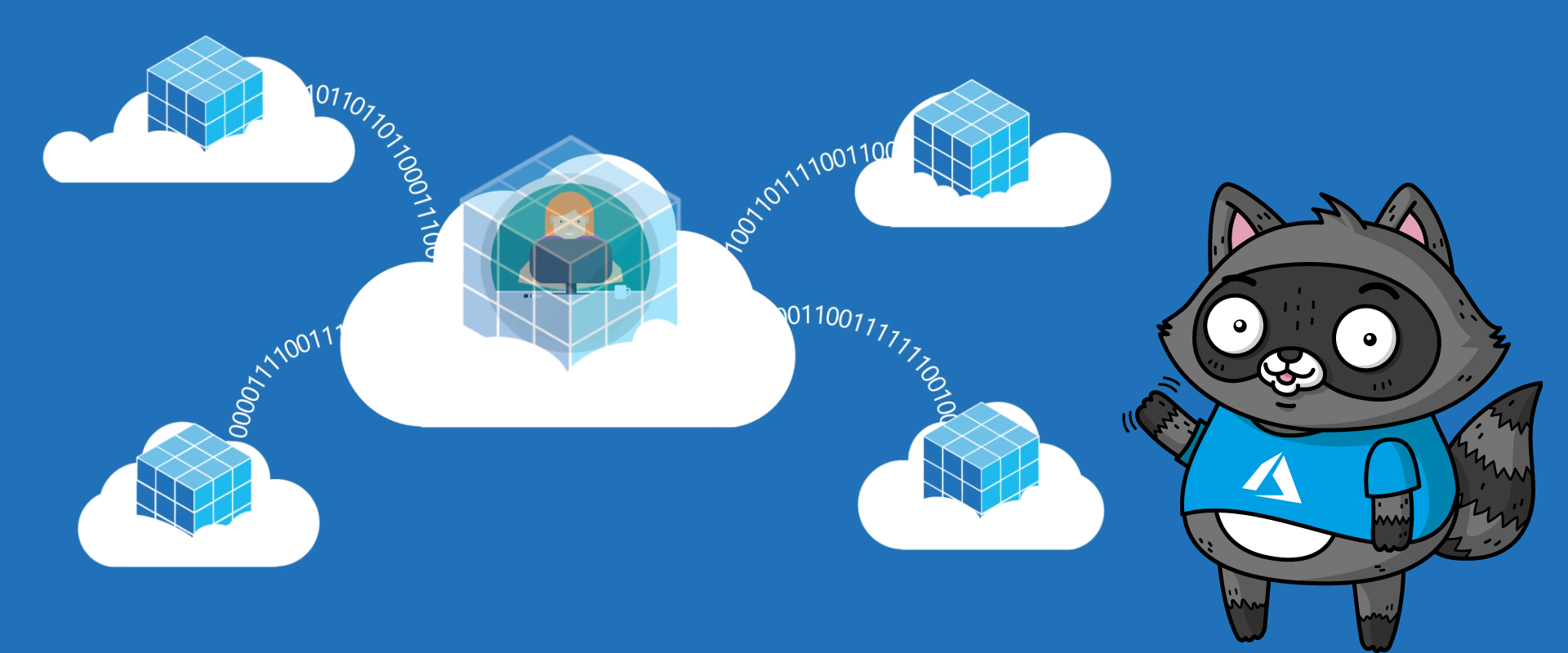
Welcome to the second article from our ‘Licensing Logic’ series. A series of exclusive articles brought to you from the Microsoft Licensing team, specifically for our TechNet audience. This ones all around SCE, but what is that I hear you ask?
SCE (pronounced ski) stands for Server and Cloud Enrolment. SCE is a new kid on the licensing block, springing to life in early November. SCE is also a bit of a rebel, having performed a coup by superseding three existing enterprise enrolments.
What is SCE and how does it work?
SCE is an enrolment under the Microsoft Enterprise Agreement (EA) which allows you to standardise on key server technologies, move these server licences to the cloud as needed, licence Windows Azure services and at the same time enjoy the best pricing and highest discounts.
Before SCE, customers had four enrolments under an EA (below): the Enterprise Enrolment for licensing Windows client, Office and the CAL suites; Enrolment for Application Platform for standardising and purchasing SQL Server, BizTalk Server, SharePoint Server and Visual Studio; Enrolment for Core Infrastructure to purchase Windows Server and System Center and Enrolment for Windows Azureto purchase Windows Azure services outside of an existing on-premises EA.
SCE simplifies this by combining the best of EAP, ECI and EWA into a new, single enrolment (below).
In the SCE agreement, you make an install-base commitment to one or more of the following components: application platform, developer platform or core infrastructure. The core infrastructure component is when you licence Windows Server and System Center across your entire server estate through the Core Infrastructure Suites. The application platform component is the commitment to maintain SA on every SQL Server installation you have (all versions) and optionally BizTalk and SharePoint server. The developer platform is the same concept but maintaining SA on Visual Studio Ultimate and Premium. Windows Azure doesn’t have an install-base so instead there’s a monetary commitment but we’ll come to that in a moment.
There are minimum requirements to licence through the SCE and these are detailed in the Product List (section 3 – volume licensing program terms). If you’re reading the December 2013 Product List, zoom over to page 42. I’ve also summarised them below. Note that if you’re choosing the Application platform component, SQL is a mandatory selection whereas BizTalk and SharePoint are optional.
In return for making this commitment, you’ll receive discounts such as 15% off new licence + software assurance (SA) SKUs and 5% off SA only SKUs. Other benefits include the rights to use System Center to manage your Windows Azure resources at no additional cost if you choose the core infrastructure component (up to 10 Azure Virtual OSEs for each CIS licence you have in SCE).
How do I licence Windows Azure through SCE?
If you’ve committed to one of the on-premises components you don’t need to make an upfront monetary commitment to start using Azure services; you just go ahead and use Azure and you’ll benefit from your EA level discount which could be as much as 36% off the published Azure rates. We would love you to just go ahead and use as much or as little Azure as you need to. To reflect your on-premises commitment, we’ll also give you an additional 5% discount off the EA level Azure pricing. So potentially that’s 41% discount off the published Azure rates. You’ll be billed per quarter in arrears for the services used.
If you only want Azure through an Enterprise program but don’t have an existing EA or aren’t making choosing one of the other on-premises commitments (and this was where the enrolment for Windows Azure used to fit in) you can sign up for an Azure-only SCE. This is ideal for an ecommerce organisation who are going to utilise a great deal of cloud services but don’t have the on-premises minimums for the other components. An Azure-only SCE does require a monetary up-front commitment but there’s no real minimum amount. The recommended minimum purchase is 20 Azure commitment SKUs at $100 each per month. So that’s $24,000 per year. Because you won’t have an EA price level discount, you would need to work with the licensing specialist in your reseller to gain the equivalent of an EA price level according to your upfront yearly spend. In terms of an example, if you commit to $200,000 you could gain level B pricing and a discount of 30% because of that commitment. You will not however, gain the additional 5% discount that we provide if you had signed up for one or more of the other SCE component; core infrastructure, application platform or developer.
What are the implications if I’m currently licensed under EAP, ECI or EWA?
With EAP, you had the option to defer licence purchases to bring older versions up to date. If you had SQL Server 2005 for example, you could just purchase SA (known as SAPriorL) to bring it up to the current version without needing to pay for a new SQL Server 2012 licence as well. If you stopped paying SA, your rights returned to SQL Server 2005. SCE replaces that deferred licence with a subscription so you would subscribe to the current version (with SA being built-in to the subscription cost). This will mean higher initial costs than deferred licence but it provides great flexibility because you can retire the older versions easily as you consolidate or move them to the cloud. With EAP you needed to pay for older versions for the entirety of the three year agreement whereas with subscriptions you can decommission workloads and then true-down annually.
The primary change between ECI and SCE core infrastructure component is that you’re now required to make an installed-base commitment to the Core Infrastructure Suite (which wasn’t required with ECI). This is great for some customers because they can get all the benefits of SCE and seamless access to Windows Azure but for other customers who don’t wish to make that install-base commitment, CIS can be licensed through other volume licensing programs such as Select Plus, with no dedicated contract or minimums.
EWA is not going away in FY14 (our FY spans July to June) but SCE is a better vehicle if you just want to licence Windows Azure services without an existing EA.
For more info, check out this PDF.






